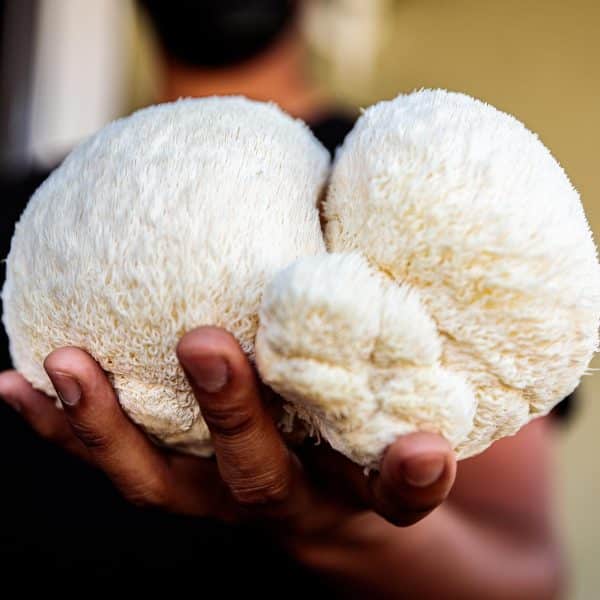We know about the nervous system, which is a system that sends important messages through the body. But very few people have heard of the equally important endocannabinoid system (ECS), which actually regulates and controls many of our most critical bodily functions, such as learning and memory, emotional processing, sleep, temperature control, pain control, inflammatory responses, immune responses and appetite.
The endocannabinoid system is distributed throughout our brain and nervous system. It is the most extensive system of receptors we have in the body. The system balances and regulates vital physiological functions across all the different systems in the body. This is done to ensure that they all work in harmony with each other and that the body functions properly, despite all the external stressors that we are affected by every day.
Here are some examples:
It must be possible to restore a balance (homeostasis) in the body's systems when we have been exposed to a "fight or flight reaction", so that it does not become a persistent and constant process in the body. Then we would not survive for long. Another example is that appetite must be regulated so that we don't eat ourselves to death or starve to death. There must be a balanced temperature in our body, we must be able to sleep at night, and when we are exposed to pain, the body must perform a pain relief process. The endocannabinoid system is responsible for this and much more.
What does the endocannabinoid system consist of?
ECS consists of three primary components; endocannabinoids, enzymes and receptors.
Endocannabinoids:
Endocannabinoids are, in a sense, the signaling substances that tell the endocannabinoid system what is needed in the body. Think of them as keys that need to be plugged into a lock in order for the system to start up and do a job. The receptors are the lock, and together they activate the system.
Endocannabinoids are produced naturally in the body. Substances such as CBD, THC and PEA are cannabinoids and are derived from plants or other sources and can be taken orally to affect the endocannabinoid system in the same way as the endocannabinoids produced in the body.
The main types of endocannabinoids produced in the body are anandamide and 2-AG. 2-AG is the most prevalent and responsible for appetite, pain response and immune system functions. Ananadamide is responsible for wellbeing and the feeling of happiness that comes from exercise and meditation.
Enzymes:
Enzymes are responsible for the synthesis and degradation of endocannabinoids. Two important enzymes are fatty acid amide hydrolase (FAAH), which breaks down anandamide, and monoacylglycerol lipase (MAGL), which breaks down 2-AG.
Receptors:
The receptors are the ones that receive the message transmitted by the endocannabinoids and cannabinoids, and relay the message around the body. You can think of them as the lock that the key fits into.
There are two types of receptors CB-1 and CB-2. CB-1 is found in the brain and spinal cord, and controls appetite, memory and regulates pain. CB-2 receptors are distributed throughout the immune system and work with inflammation-regulating processes throughout the body.
The endocannabinoid system can be affected by CBD and PEA
As mentioned, the body produces endocannabinoids itself. But in addition, we can also apply cannabinoids or cannabinoid-like substances to the skin or orally to further influence the endocannabinoid system. This is to reduce inflammation and relieve pain, for better sleep, for mood, to better control appetite, etc.
CBD (cannabidiol)
Cannabidiol (CBD) is a substance from industrially grown hemp called cannabis sativa. It can also be produced synthetically. The substance affects the endocannabinoid system. Currently, CBD is not permitted in dietary supplements, only in cosmetics. SHIFT™ CBD Magnesium oil contains CBD and is applied to the skin. As the endocannabinoid system also has receptors in the skin, the product can act both locally on the skin and provide pain relief in other places where you have muscle and joint pain.
PEA (Palmitoylethanolamide)
Palmitoylethanolamide (PEA) is a fatty acid derivative that is both produced in the body and can be taken as a dietary supplement. PEA has structural similarities to the endocannabinoids in the body and can bind to the receptors and thus activate anti-inflammatory and analgesic reactions via the endocannabinoid system. In this way, PEA supports and activates the endocannabinoid system. PEA is included in the product SHIFT™ Joint because of its pain and anti-inflammatory effects.










